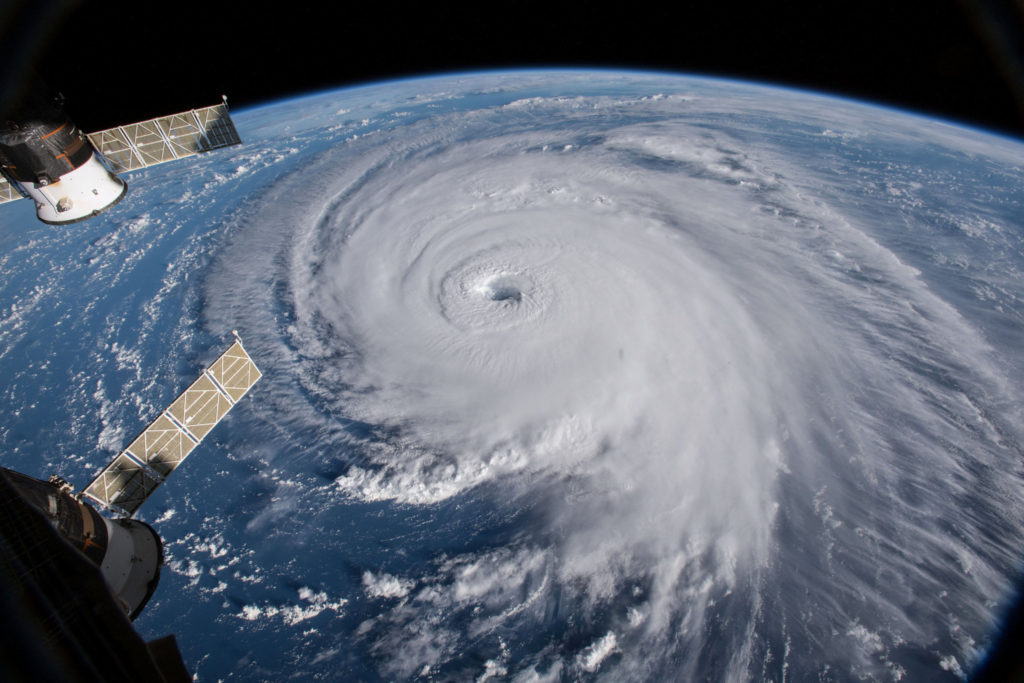Hurricane season is a time of fear and uncertainty for many coastal communities. In recent time, the frequency and intensity of these massive storms have increased, causing greater destruction and loss of life. So why are hurricanes getting stronger?
Global warming causes hurricanes
The main factor behind the increase in hurricane strength is global warming. As the planet continues to warm, the oceans are also heating up, providing more energy to fuel these massive storms. Warmer ocean temperatures cause water to evaporate more rapidly, providing the moisture that fuels hurricanes. This increased energy and moisture lead to stronger and more intense storms.

Atmospheric Instability
Another factor contributing to stronger hurricanes is the increase in atmospheric instability. As the Earth warms, the atmosphere becomes more unstable, leading to greater variability in weather patterns. This increased instability provides more energy to hurricanes, allowing them to grow in size and intensity.
Hurricanes and sea level
Another factor is the increase in sea level. As the polar ice caps continue to melt, sea levels are rising, causing coastal communities to experience greater damage from storm surges. A higher sea level means that hurricanes have a larger base of water to draw from, allowing them to grow in size and intensity.
La Niña
Another contributing factor is the phenomenon known as La Niña, which is the cooling of the tropical Pacific Ocean. La Niña is often associated with increased hurricane activity, as it leads to more favorable conditions for storm formation and development.
The increase in hurricane strength also has implications for global economic and political systems. As these storms cause greater destruction, they can disrupt supply chains and cause significant economic losses. In addition, the increased frequency and intensity of hurricanes can place a strain on already limited resources, such as disaster relief funds and insurance coverage.
Mitigation
There are steps we can take to alleviate the impact of stronger hurricanes. One key strategy is to improve coastal infrastructure, such as buildings, bridges, and transportation systems, to better withstand these storms. This can include investing in better building codes and materials, as well as creating natural buffer zones, such as wetlands, to absorb the impact of storms.
Another important strategy is to reduce greenhouse gas emissions, which are the primary driver of global warming. This can be done through various measures, such as usage of renewable energy sources, improving energy efficiency, and reducing emissions from transportation and agriculture.
In addition, we can also take steps to improve emergency response and preparedness, such as investing in early warning systems, evacuation plans, and disaster relief efforts. This will help to minimize the impact of hurricanes and reduce the loss of life and property.
Conclusion
In conclusion, hurricanes are getting stronger due to a combination of factors, including global warming, increased atmospheric instability, rising sea levels, and La Niña. As these storms continue to cause greater damage and disruption, it is important that we take steps to mitigate their impact and prepare for their potential consequences. By improving coastal infrastructure, reducing greenhouse gas emissions, and improving emergency response and preparedness, we can help to make our communities more resilient in the face of these powerful and unpredictable storms.